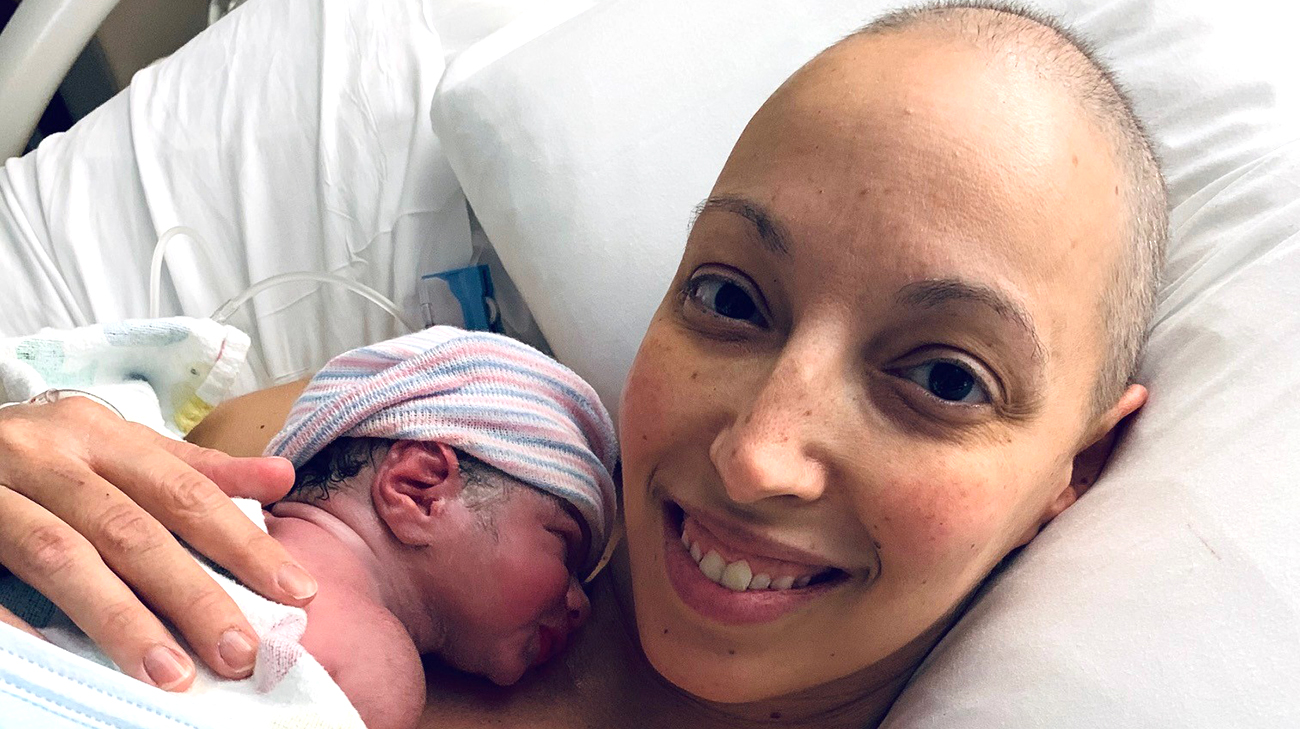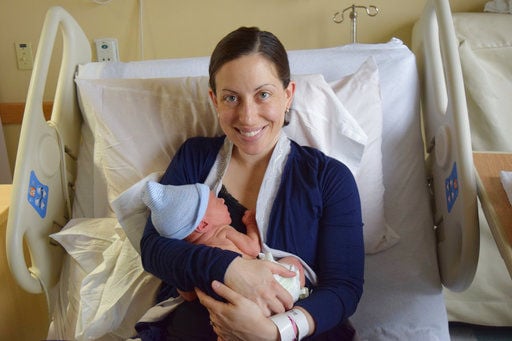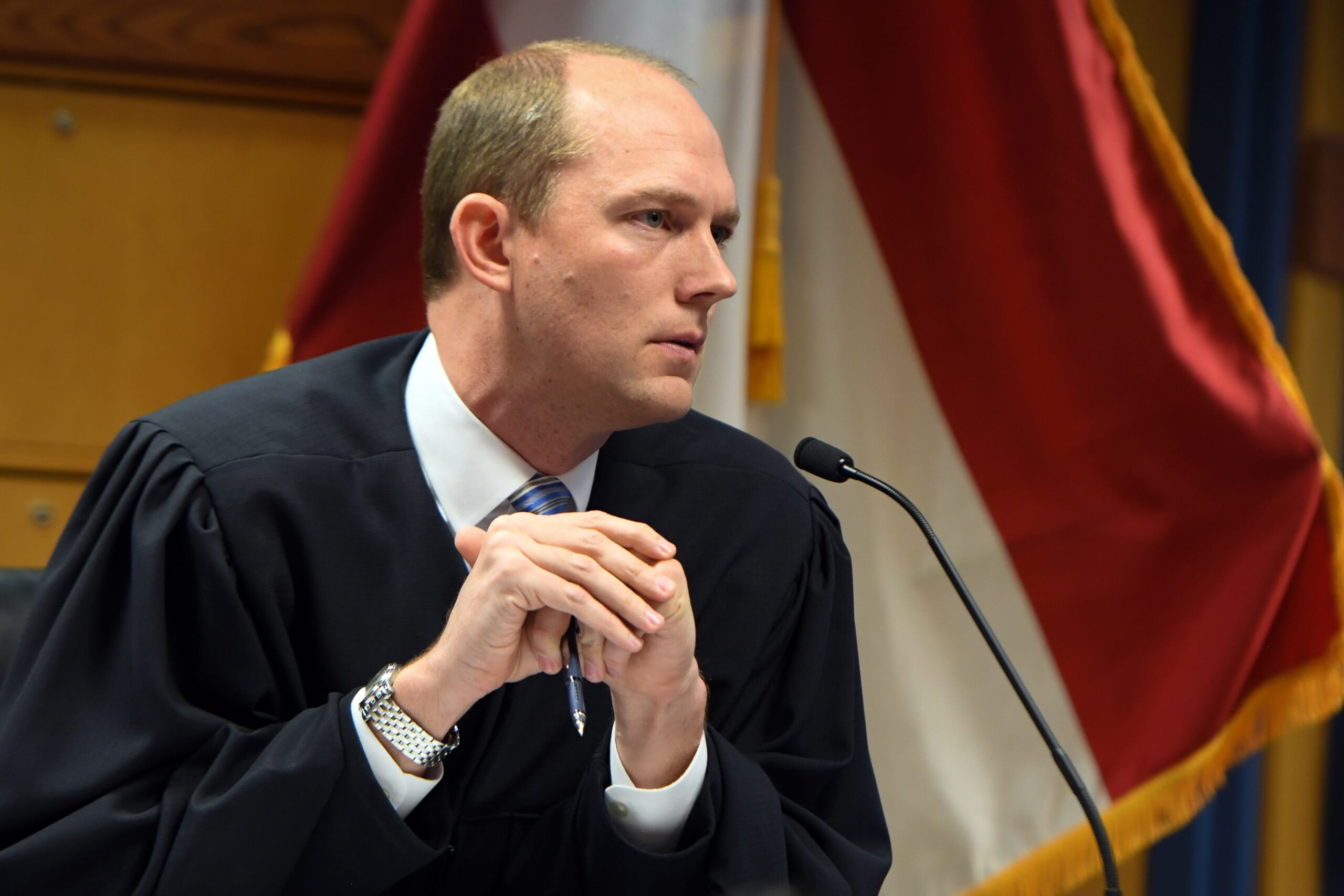
Key Takeaways
- A breast cancer diagnosis during pregnancy presented significant emotional and physical challenges, requiring surgery and chemotherapy while carrying a child.
- The support and compassion from healthcare professionals played a crucial role in the survivor’s journey, providing hope and encouragement.
- Inspired by her experience, the survivor founded an organization to support mothers with cancer and pursued a nursing career to offer empathetic care.
- The narrative highlights resilience and transformation, showing how adversity can lead to a renewed sense of purpose and dedication to helping others.
Hearing the words “you have cancer” while carrying a baby felt like my whole world stopped.

Alicia Harris is the founder of Journi for Two. (Photo by Danielle Nicole Photography.)

Three years ago I was pregnant and fighting breast cancer. Hearing the words “you have cancer” while carrying a baby felt like my whole world stopped. I remember holding my stomach and praying for strength, not just for me but for the tiny life growing inside me.
During my second trimester, I had to have surgery. I was scared, but I kept reminding myself that I had to stay strong for both of us. A few months later, in my third trimester, I began chemotherapy. Sitting in the chemo chair with my baby kicking inside me was something I’ll never forget. Every kick reminded me to keep going, that she was fighting right along with me.
My doctors decided to induce me early so I could safely finish my remaining chemotherapy and begin radiation. I gave birth and then went right back into treatment. I was recovering from childbirth, learning to care for a newborn, and still sitting in chemo and radiation appointments. My body was tired, my mind was foggy from chemo brain, and I often felt like I was running on empty. But I kept pushing through because giving up wasn’t an option.

The nurses who cared for me became my family during that time. They didn’t just treat my cancer, they treated my spirit. They asked about my baby, celebrated my small wins and gave me hope on the days I felt like I couldn’t do it anymore. Their compassion and kindness stayed with me long after treatment ended.
When I finished treatment, both my baby and I had made it through. I named her Journi because that’s exactly what it was — a journey of faith, pain and strength. The fight that my baby and I went through together changed me forever. As I began to heal, I couldn’t shake the feeling that I had been given a new purpose. I founded Journi for Two to help other mothers who are battling cancer while pregnant or raising young children. I wanted them to know that it’s possible to keep fighting and still hold onto hope.
Even as I poured myself into helping other women, I felt a calling to go back into the same environment that once helped me survive. That’s when I decided to become a nurse.

Going back to school while raising a toddler and still healing was one of the hardest things I’ve ever done. There were nights when I studied with my daughter asleep on my chest, reading the same line over and over because my brain was still foggy from chemo. Some days I questioned if I could really do it, but then I’d remember the nurses who carried me through. I wanted to be that for someone else.
Now, as a nurse intern, I walk into patient rooms knowing exactly how it feels to be in their place. I know what it’s like to hear a diagnosis that changes everything, to worry about the future, and to still try to find joy in the middle of fear. That understanding helps me care differently. It helps me listen more deeply and love more fully.
One patient once told me, “You have a calmness about you, like you’ve been through something and came out stronger.” I smiled because it’s true. I’ve been through fire, but it didn’t break me — it shaped me.
If I could tell someone newly diagnosed anything, it would be this: you are not your diagnosis. You are still you. You are stronger than you think, and you can make it through what feels impossible. Healing doesn’t always mean going back to who you were before. Sometimes it means becoming who you were meant to be.
My journey from patient to nurse is proof that even the hardest seasons can lead to something beautiful. Every time I put on my scrubs, I’m reminded of the fight my baby Journi and I went through together. We both survived, and now I get to spend my days helping others believe they can too.
This piece reflects the author’s personal experience and perspective as a breast cancer survivor. For medical advice, please consult your health care provider.
Tuyệt vời. Dưới đây là một bài báo theo phong cách báo chí Mỹ, tập trung vào chủ đề Mang thai và Ung thư Vú (Pregnancy and Breast Cancer), nhấn mạnh vào những thách thức, các lựa chọn điều trị và hy vọng.

📰 Navigating the Double Diagnosis: When Pregnancy Meets Breast Cancer
The news of a pregnancy is often met with joy and excitement, a future painted in soft pastels. But for a small, yet significant number of women, that euphoria is instantly shattered by a devastating concurrent diagnosis: breast cancer.
Known medically as Pregnancy-Associated Breast Cancer (PABC), this occurs in approximately 1 in every 3,000 pregnant women. It represents a formidable challenge for both patients and oncologists, forcing complex decisions where the health of the mother must be balanced with the well-being of the unborn child.

The Diagnostic Delay Dilemma
One of the primary difficulties in PABC is the timing of diagnosis. The hormonal and physical changes inherent to pregnancy—swollen, tender breasts and naturally occurring lumps—often mask the early signs of a tumor.
“Unfortunately, many women and even their primary care providers attribute a new lump to the normal course of pregnancy,” explains Dr. Elena Rodriguez, Chief Oncologist at the National Cancer Institute. “This delay means the cancer is often diagnosed at a later, more advanced stage, making the treatment path inherently more aggressive.”
Studies show that PABC is frequently identified when it is Grade 3 or has spread to the lymph nodes, underscoring the critical need for heightened awareness and prompt investigation of any suspicious masses during gestation.
Treatment: A Tightrope Walk
The cornerstone of treating breast cancer—surgery, chemotherapy, and radiation—must be carefully modified when a fetus is involved.
-
Surgery (Mastectomy or Lumpectomy): This is generally considered safe at any point during pregnancy. Advances in surgical techniques ensure minimal risk to the fetus, offering an immediate and effective method for removing the primary tumor.
-
Chemotherapy: Certain types of chemotherapy drugs, particularly those used after the first trimester (the first 12 weeks), can be administered safely. The second and third trimesters are considered the safest window for systemic treatment, as the fetal organs are largely developed, significantly reducing the risk of birth defects. However, chemo is strictly avoided in the first trimester and shortly before delivery.
-
Radiation and Hormone Therapy: These treatments are typically deferred until after the baby is born. Radiation poses a high risk to the developing fetus, and common hormone therapies (like Tamoxifen) are known teratogens that can harm the baby.
The decision is deeply personal, often requiring multidisciplinary consultations involving an oncologist, a perinatologist (a high-risk pregnancy specialist), and the patient’s family.

Hope and Outcomes
Despite the challenges, a PABC diagnosis is not a death sentence for either mother or child.
“We want to be clear: the general prognosis for women with PABC, stage-for-stage, is often comparable to non-pregnant women,” Dr. Rodriguez notes. “The crucial factor is aggressive, timely, and carefully managed treatment.”
For the babies, the majority are born healthy and full-term, especially when the treatment plan is meticulously executed. Modern medicine prioritizes not only curing the cancer but also achieving a delivery date as close to term as possible.
The journey of women facing this dual diagnosis is one of profound resilience, a testament to the strength required to fight for two lives simultaneously. Support groups and specialized cancer centers are increasingly vital resources, providing both medical expertise and emotional sanctuary for these exceptional mothers-to-be.
Key Takeaways:
-
PABC is defined as breast cancer diagnosed during pregnancy or within one year post-delivery.
-
Early detection is difficult but crucial; women should insist on imaging for suspicious lumps.
-
Treatment is individualized, often involving surgery and chemotherapy after the first trimester.
-
Radiation and hormone therapies are usually postponed until after birth.












:max_bytes(150000):strip_icc():focal(748x334:750x336):format(webp)/kayla-kipley-110425-5-129aa5c6cbc14d2183643493b5ef036e.jpg?w=1200&resize=1200,0&ssl=1)




















:max_bytes(150000):strip_icc():focal(999x0:1001x2)/Dr.-Gabrielle-Henry-Miss-Universe-Jamaica-2025-112125-1-a393648b855a437e99e95b3a81c0a8b3.jpg?w=1200&resize=1200,0&ssl=1)


:max_bytes(150000):strip_icc():focal(750x357:752x359)/prince-william-princess-catherine-state-visit-president-republic-korea-2023-042825-8f4b6a5dfefc480fa98cf6c50346e387.jpg?w=1200&resize=1200,0&ssl=1)




